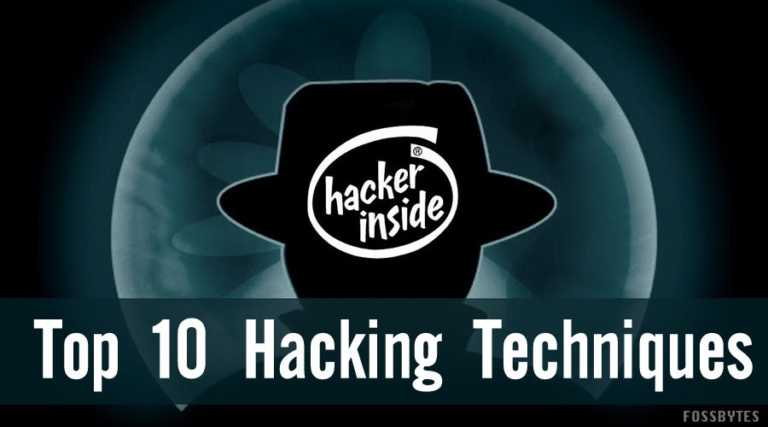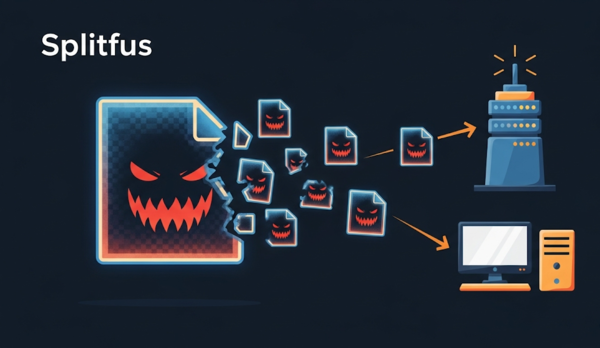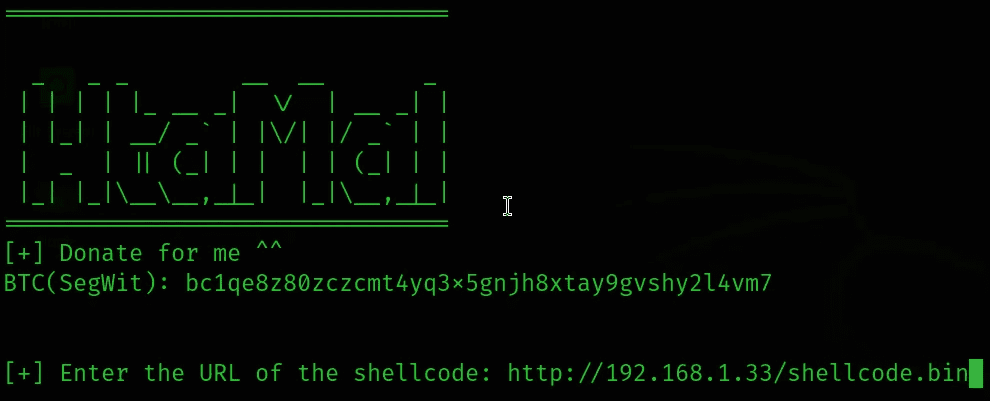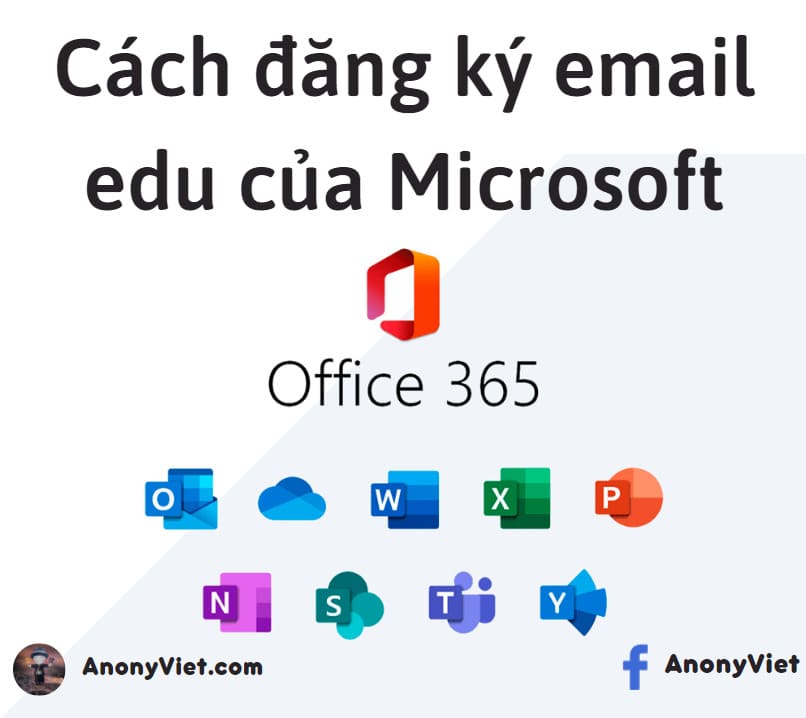By using simple tricks, hackers can learn about your personal information. Knowing about common hacking techniques like phishing, DDoS, clickjacking, etc. can be helpful for your personal safety.
| Join the channel Telegram of the AnonyViet 👉 Link 👈 |

Top 10 most popular hacking techniques you should know
1. Bait and Switch
Using the Bait and Switch hacking technique, an attacker can buy ad slots on websites. Then, when the user clicks on the ad, they may be redirected to a malware-infected page. This way, users can install more malware or adware on their computer. The ads and download links displayed in this technique are very attractive and are more likely to be clicked by the user.
Hackers can run a malicious program that the user believes is safe. This way, after installing a malicious program on your computer, hackers will gain access to your computer.
2. Stealing cookies
Cookies in our browser store personal data such as browsing history, usernames and passwords for the various websites we have visited. After hackers access your cookies, they can access your accounts in the browser. A common method to carry out this attack is to manipulate the user’s IP packets to pass through the attacker’s machine.
Also known as SideJacking or Session Hijacking, this attack is easy to execute if the user does not use SSL (HTTPS) for the entire browsing session. On websites where you enter your password and banking details, it is of the utmost importance that your connection and the site be encrypted.
3. ClickJacking Attack
ClickJacking also known by another name is UI Redress. In this attack, the hacker hides the actual user interface with which the victim will interact. This behavior is very common on app download, movie streaming, and torrent sites. Although they mainly use this technique to earn advertising money, others can use it to steal your personal information.
In other words, in this type of attack, the hacker will trick the user into clicking unintentionally on an object on the website. When clicking on an object on the screen, users think they are clicking on that object, but they are actually being tricked into clicking on another object, which has been dimmed or hidden.
4. Viruses, Trojans,…
Viruses or Trojans are malicious software programs that are installed on a victim’s system and send the victim’s data to hackers. They can also lock your files, serve ads, redirect traffic, steal your data, or spread to all computers connected to your network.
You can read this post for more information about Trojans, Worms and Viruses.
5. Phishing
Phishing is an attack technique that copies the most visited websites and traps the victim by sending that fake link. Combined with social engineeringit becomes one of the most commonly used and most dangerous attack vectors.
When the victim tries to login or enter some data, the hacker gets the victim’s personal information using a trojan running on the fake website. iCloud and Gmail account fraud are services targeted by hackers in the “Fappening” leak, which involved many Hollywood female stars.
6. Eavesdropping (Passive Attack)
Unlike other attacks that are active in nature, using a passive attack, a hacker can monitor the computer system and network to obtain some information of the victim.
The motive behind the eavesdropping is not to harm the system but to get some unknown information. These types of hackers can target emails, instant messaging services, phone calls, web browsing, and other methods of communication. The people involved in such activities are usually black hat hackers, government agencies, etc.
7. Fake WAP
A hacker can use software to spoof a wireless access point. This WAP (wireless access point) connects to the public WAP. After you connect to the fake WAP, hackers can access your data, just like the case above.
This is one of the easiest tricks to perform and requires a simple software and wireless network to perform. Anyone can name the WAP in the form of some secure name like “Airport WiFi” or “Starbucks WiFi”. One of the best ways to protect yourself from such attacks is to use quality VPN services.
8. Physical attacks
To exploit one place, the hacker attacks the victim’s most accessible physical point.
For example, if the source of a river is poisoned, it will affect all the animals downstream. In a similar way, hackers target the most visited physical location to attack the victim. That spot could be a coffee shop, library, etc.
Once hackers know your time, they can use this type of attack to create fake Wi-Fi hotspots. And they can spoof your most visited website to get your personal information. This attack collects information about the user from a specific place, making it even harder to detect the attacker. One of the best ways to protect yourself against such types of attacks is to follow basic security practices and keep your software/operating system up to date.
9. Denial of Service (DoS/DDoS)
A denial of service attack is an attack technique that takes down a website or server by flooding that website or server with a large amount of traffic so that the server cannot handle all of it. requests in real time and eventually crash.
In this technique, the attacker floods the target server with tons of requests to overwhelm resources, thereby limiting the actual requests that are made.
For DDoS attacks, hackers often deploy botnets with only one task, which is to flood your system with request packets. With each passing year, as malware and other types of hackers continue to grow, so does the scale of DDoS attacks.
10. Keyloggers
Keylogger is a simple piece of software that records keystrokes in a log file on your machine. These log files may even contain your personal email ID and password. Also known as keyboard capture, it can be software or hardware.
Keyloggers are one of the main reasons why online banking sites give you the option of using their virtual keyboard. So, whenever you’re running your computer in a public environment, try to exercise extreme caution.











